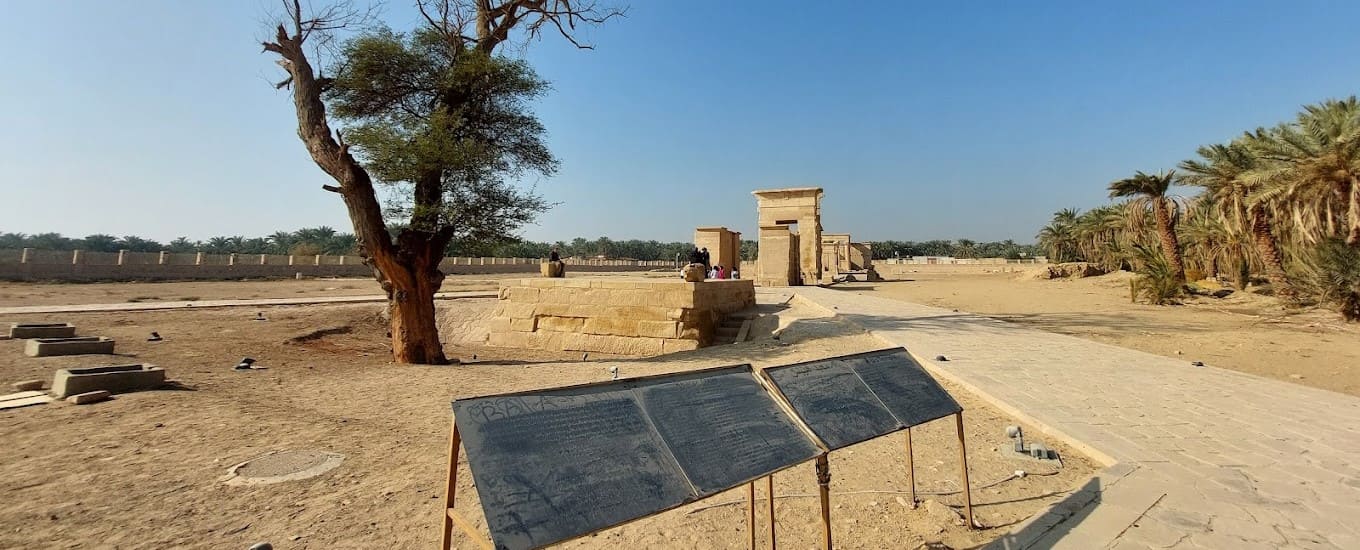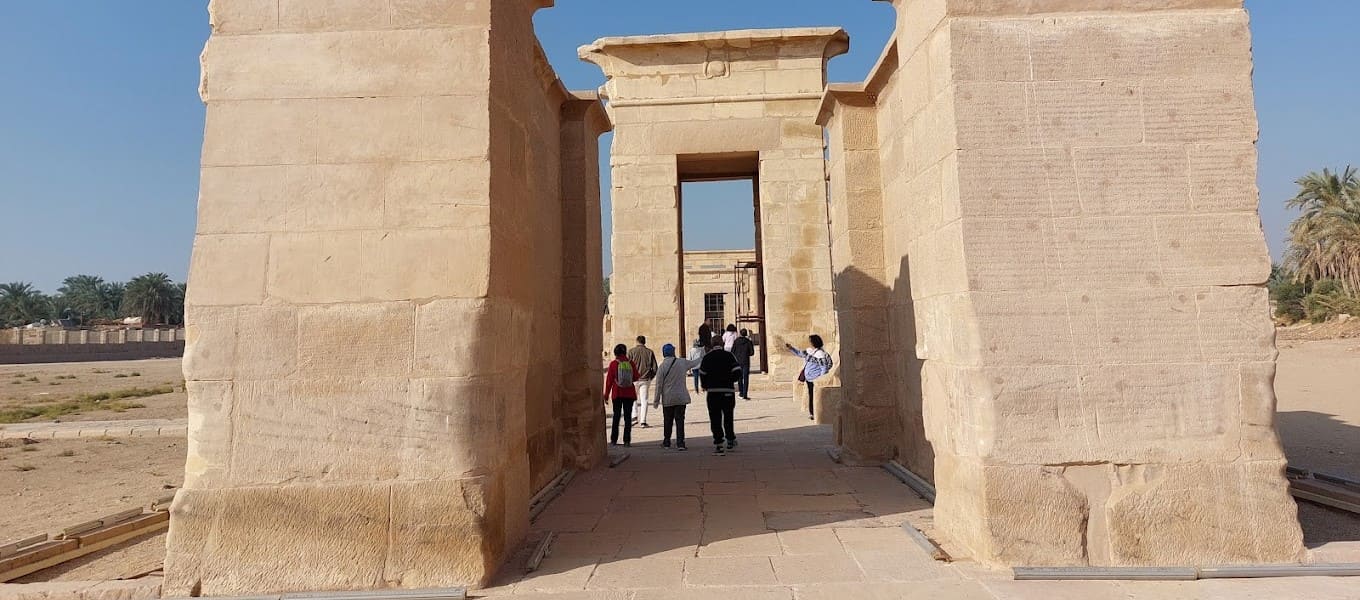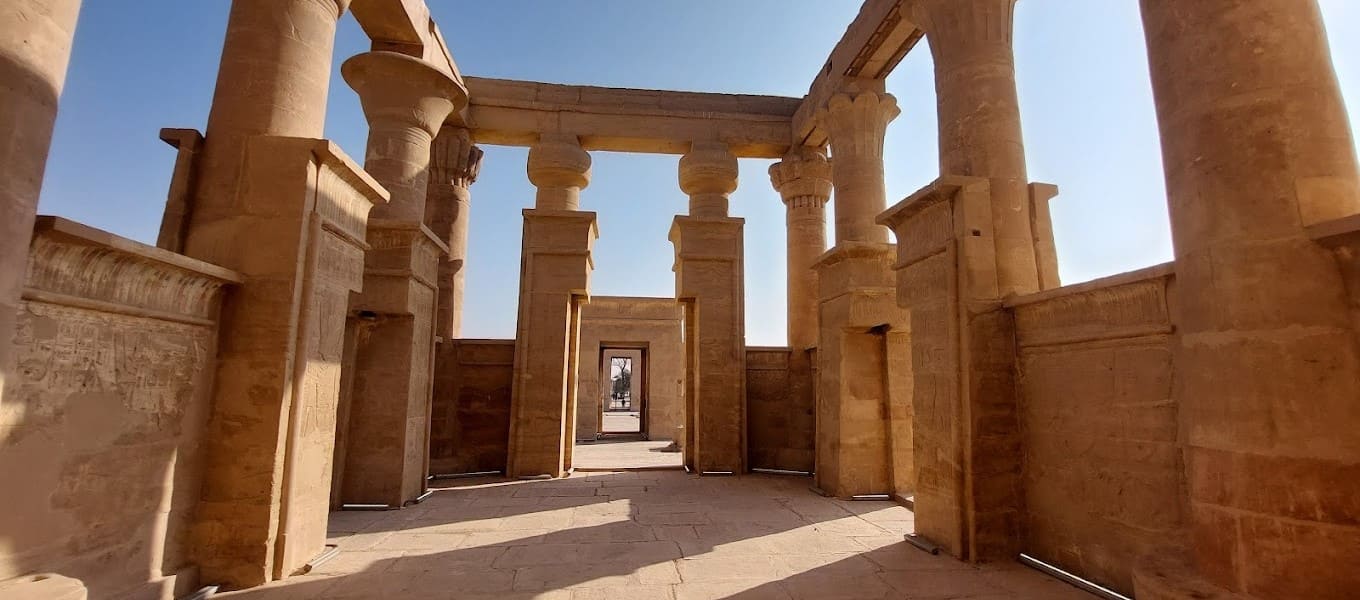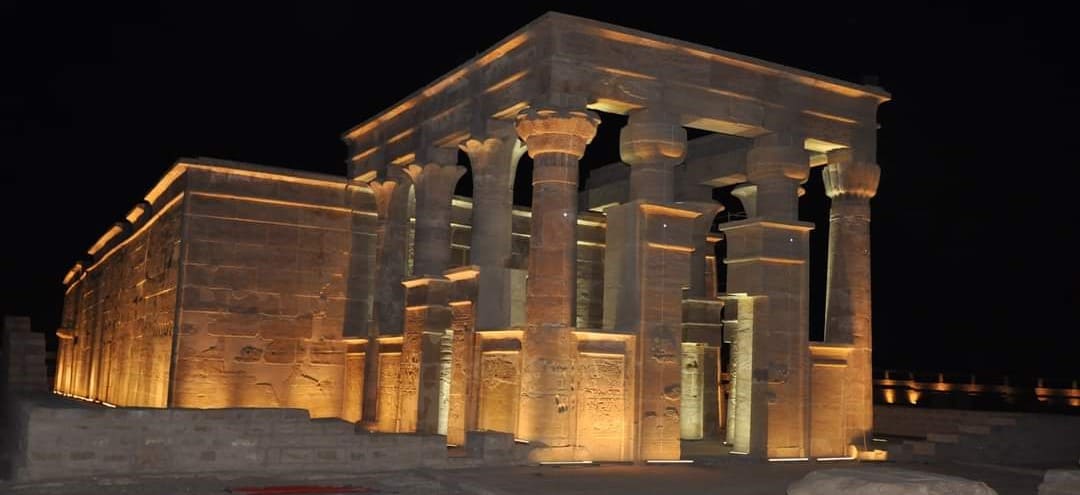The Temple of Hibis: An Oasis of Ancient Egyptian Heritage
The Temple of Hibis is a jewel of the ancient Egyptian civilization. It is the largest and best preserved ancient Egyptian temple, located about 2 kilometers north of the modern town of Kharga, part of Egypt's Western Desert. This temple, primarily constructed during the 26th Dynasty during the reign of Psamtik II, provides a captivating glimpse into the religious and cultural achievements of ancient Egypt. It was dedicated to the Theban triad: Amun, Mut, and Khonsu. With contributions from subsequent Persian rulers, the Temple of Hibis showcases a unique blend of architectural and artistic styles.

Over the centuries, the Temple of Hibis faced numerous challenges from natural and human-induced factors. Sand encroachment, water damage, and looting have posed significant challenges. However, significant efforts by archaeologists and preservationists have been undertaken to preserve and restore this ancient monument. The temple's restoration has been crucial in maintaining its structural integrity and ensuring that its rich historical and cultural heritage remains accessible for future generations.
Historical Background

The Temple of Hibis was strategically positioned in one of the most important locations for ancient Egyptian civilization. This region was a vital stopover on the desert trade routes, connecting the Nile Valley with the African interior. The temple's construction began in the 6th century BCE, during the Saite period. The temple was later completed and expanded during the Persian occupation, particularly under Darius I. This continued development under foreign rule is a testament to the enduring importance of the Kharga Oasis as a cultural and strategic hub.
Architectural Highlights

The architecture of the Temple of Hibis is a testament to the advanced engineering and artistic skills of ancient Egyptian builders. It is renowned for its well-preserved state and exquisite architectural features. The decorations within this temple are also a testament to the artistic prowess of the ancient Egyptians. The reliefs and paintings depict scenes of offerings to the gods, including the triads of Amun, Mut, and Khonsu. The temple complex includes several distinct sections, each with its unique features:
-The Hypostyle Hall: This hall is supported by massive columns adorned with detailed carvings and hieroglyphics depicting various deities and pharaohs. The columns, topped with papyrus and lotus capitals, are richly decorated with hieroglyphic texts and religious scenes.
- Grand Entrance Pylon: The temple's entrance is marked by an impressive pylon, or gateway, decorated with intricate reliefs that depict the pharaoh making offerings to the gods. This grand facade sets the tone for the sanctity and grandeur within.
- Inner Sanctuary: At the heart of the temple lies the sanctuary, a sacred space where the most sacred rituals were performed. It housed altars and statues dedicated to the Theban triad—Amun, Mut, and Khonsu—and served as the focal point for worship.
- Peristyle Court: It is an open courtyard surrounded by colonnades and was used for public ceremonies and processions. The open design allowed sunlight to illuminate the space, creating a dramatic and sacred atmosphere.

In Conclusion, the Temple of Hibis is more than just an architectural marvel; it is a remarkable testament to Egypt's rich history and cultural heritage. As preservation efforts continue, the Temple of Hibis will undoubtedly remain a focal point for historians, archaeologists, and visitors, eager to uncover the mysteries and splendors of ancient Egyptian civilization.